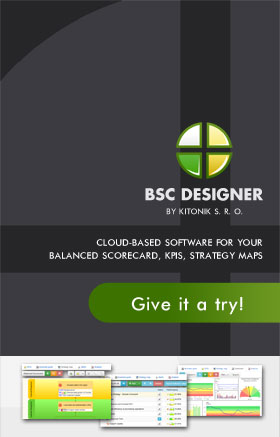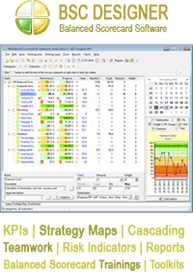The Proper Way to Design Metrics
Many companies and organizations all over the world have been contemplating the need to design metrics to measure its present performance against goals and objectives. Are metrics really needed to measure such progress? This matter still has a lot of people in the corporate world feeling a bit wary. However, if there is one thing you should know about measurement, it is the fact that it is very hard to measure something that is not quantifiable in nature. Thus, there really is a need to design and develop metrics so that the figures would be translated accordingly.
To do this, there is then a need to implement KPIs or key performance indicators. This concept is focused on measuring and controlling the performance of the business or organization. There are several viewpoints on KPI, especially since there are various levels within the infrastructure of an organization. For one thing, the CEO might make use of KPIs to control and measure the profit aspect of the business. How managers make use of these KPIs would differ from how the CEOs would make use of them to some degree as well. Thus, you can say that for every department or level in an organization, KPIs would be maximized quite variedly.
But does the KPI approach really work? Yes, and it would work very well if its design has been aptly made. The KPI design, for one thing, is very important here. Here are some important KPIs that you should consider: company profits segmented by region, total company profits per month, customer social position, and customer education. It would be better to design these metrics by way of the structure of a tree. This way, the different viewpoints would be outlined more clearly for the people in the organization. The CEO, for instance, would just look at the total profit metric at a glance. The regional manager, on the other hand, would be more interested on the metric concerning regional profit. With an effective design at hand, there is definitely no way that a company’s metric system would fail in its purpose.
Moreover, if there is one thing you should avoid when designing your metric system, it should be the use of two indicators that measure the same thing, only that different viewpoints are used when measuring this common thing. Let us say your company uses these two indicators: Support requests by region and Profits by region. You might say that these two indicators do measure different things, and this may be true to some extent. However, since both actually depend on the characteristics of the regions at hand, then there would be interpretations overlapping each other in the long run. This is something you should avoid since this would only create confusion.
Lastly, even if you have the best metrics included to compose the best KPI system ever, this would still not work if your data is not properly sorted, analyzed, represented, and interpreted. Thus, make sure that the person handling analysis for your company is indeed involved in the whole process, and not just part of it. This way, when you design metrics for your company, they would be properly aligned to virtually every corporate goal and objective there is.
—
If you are interested in design metrics, check this web-site to learn more about design kpi.


